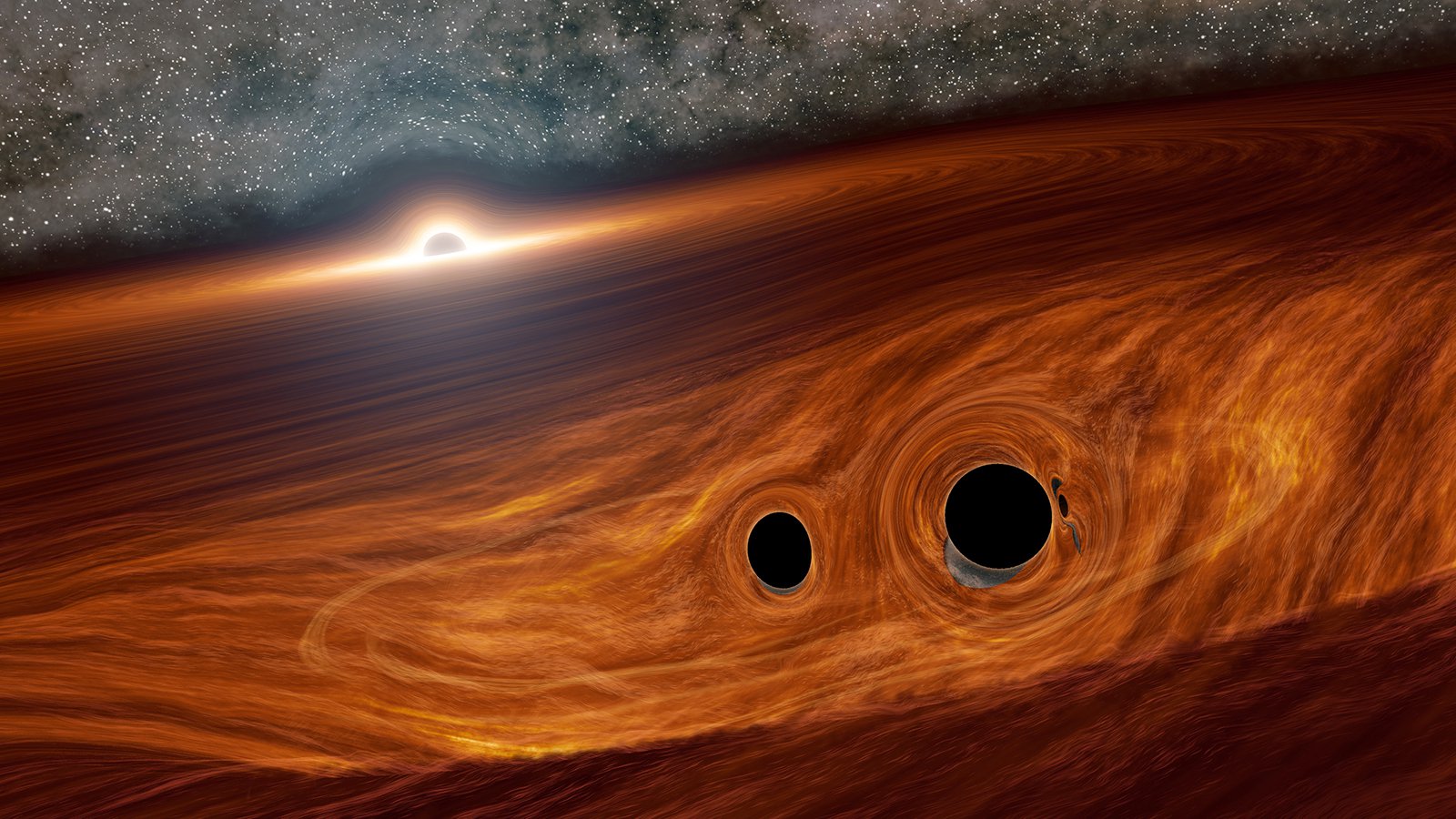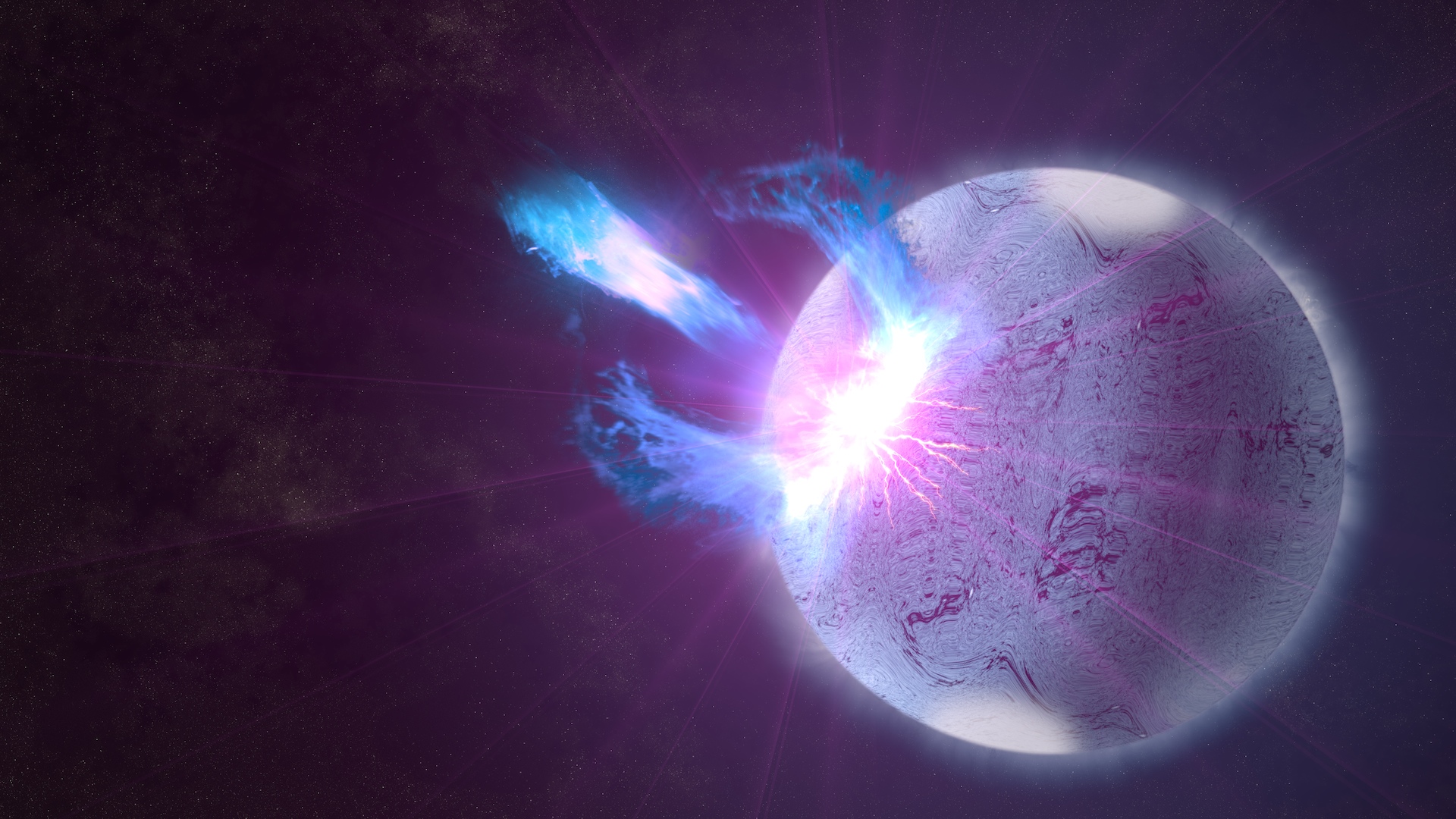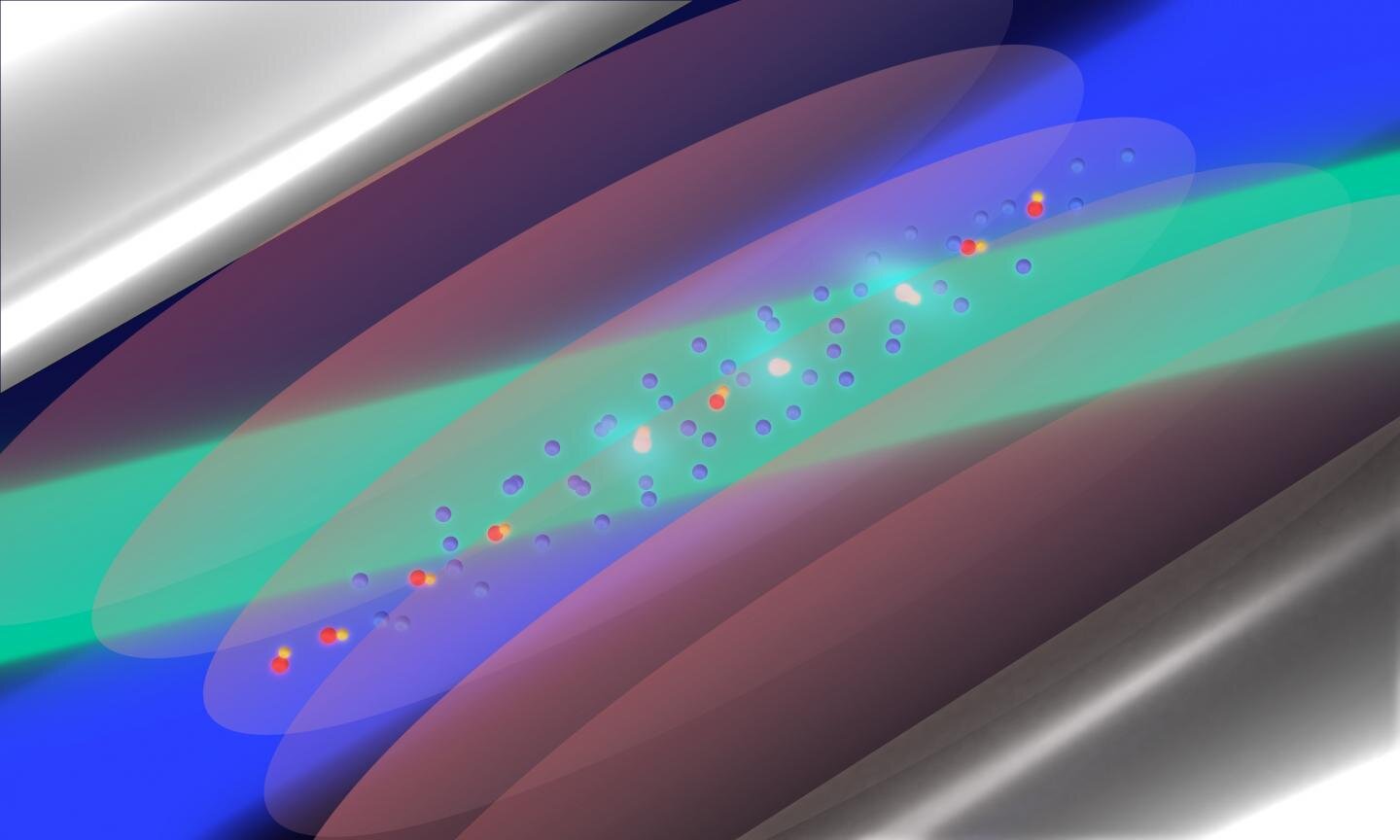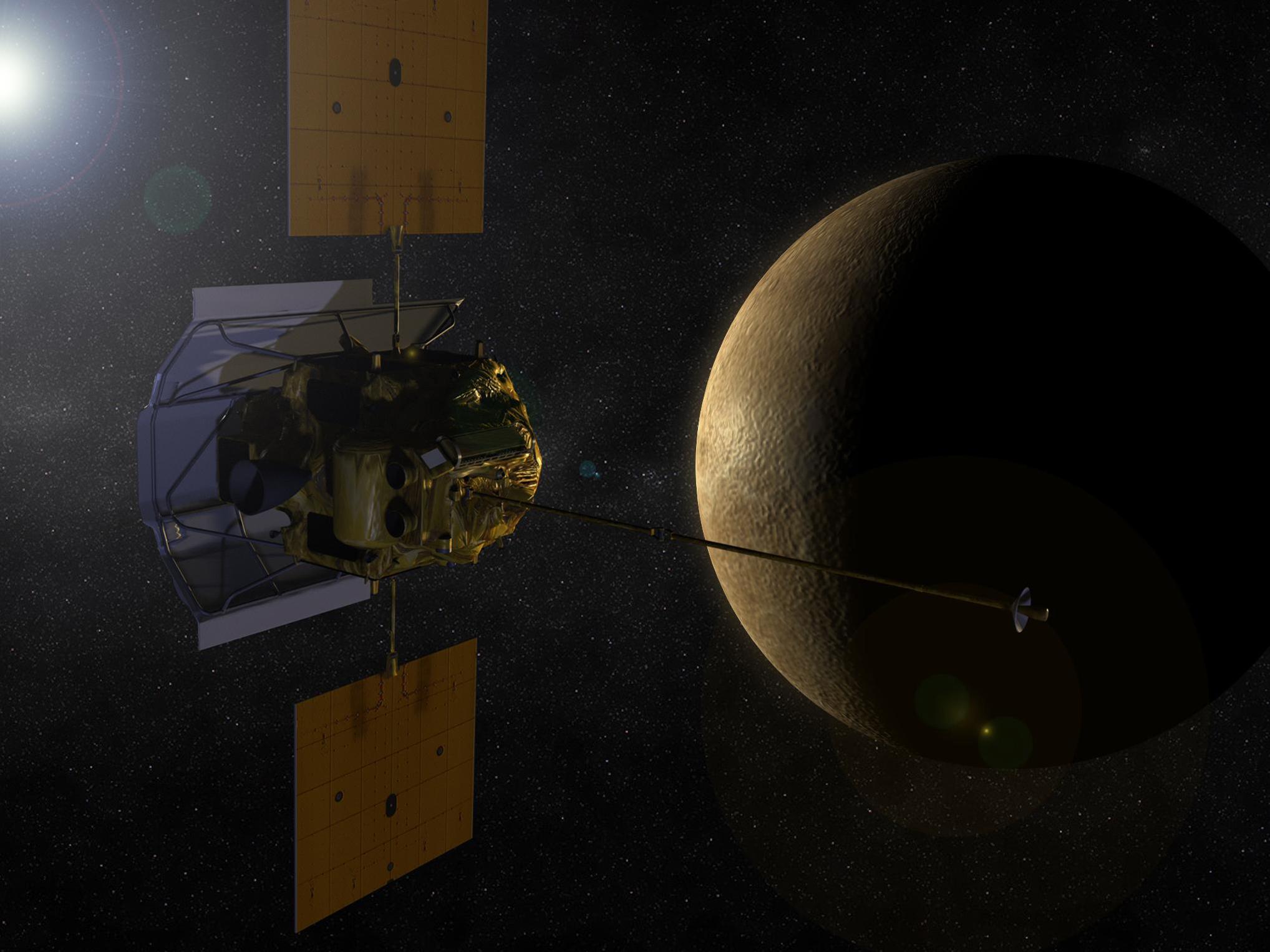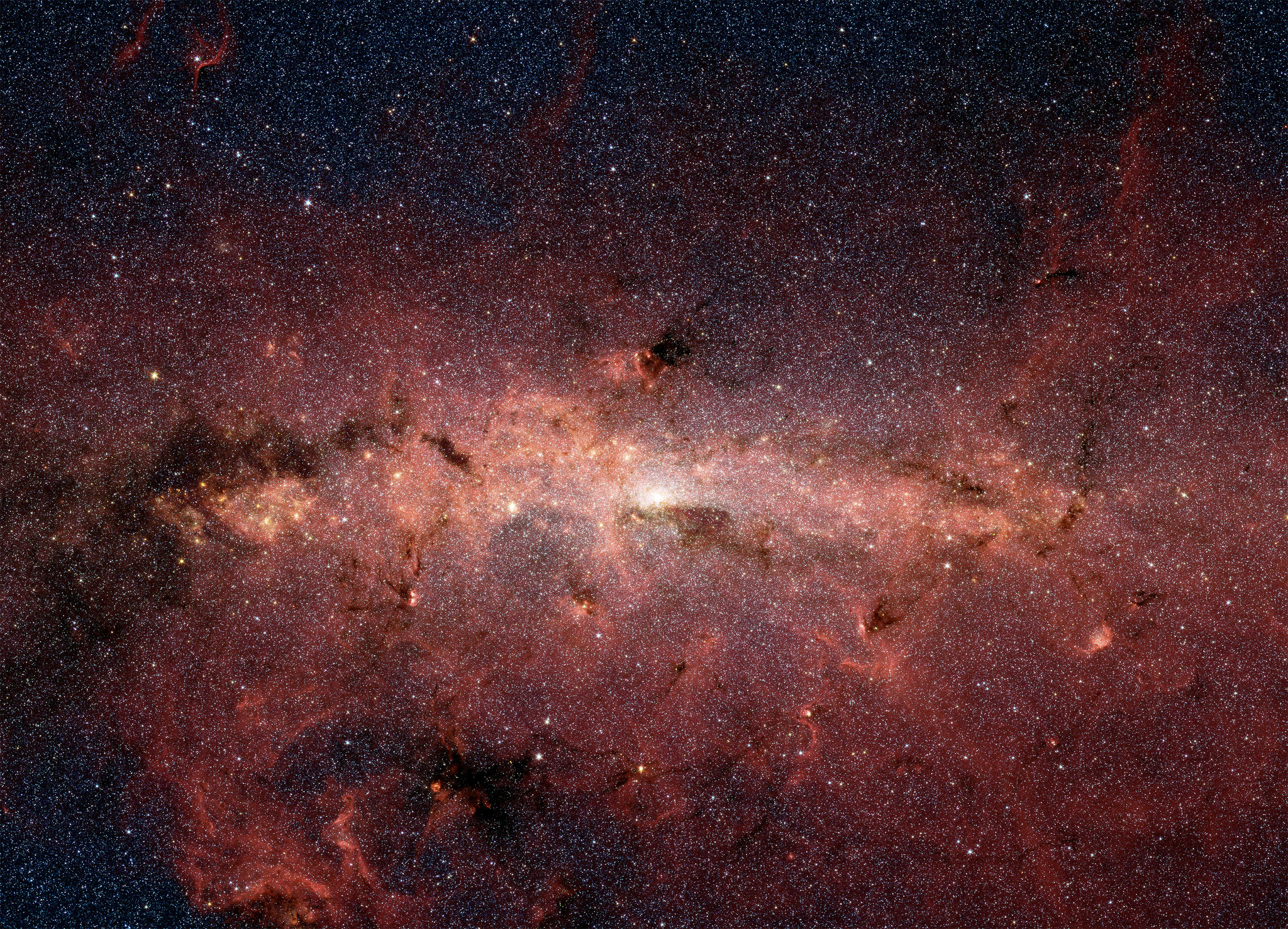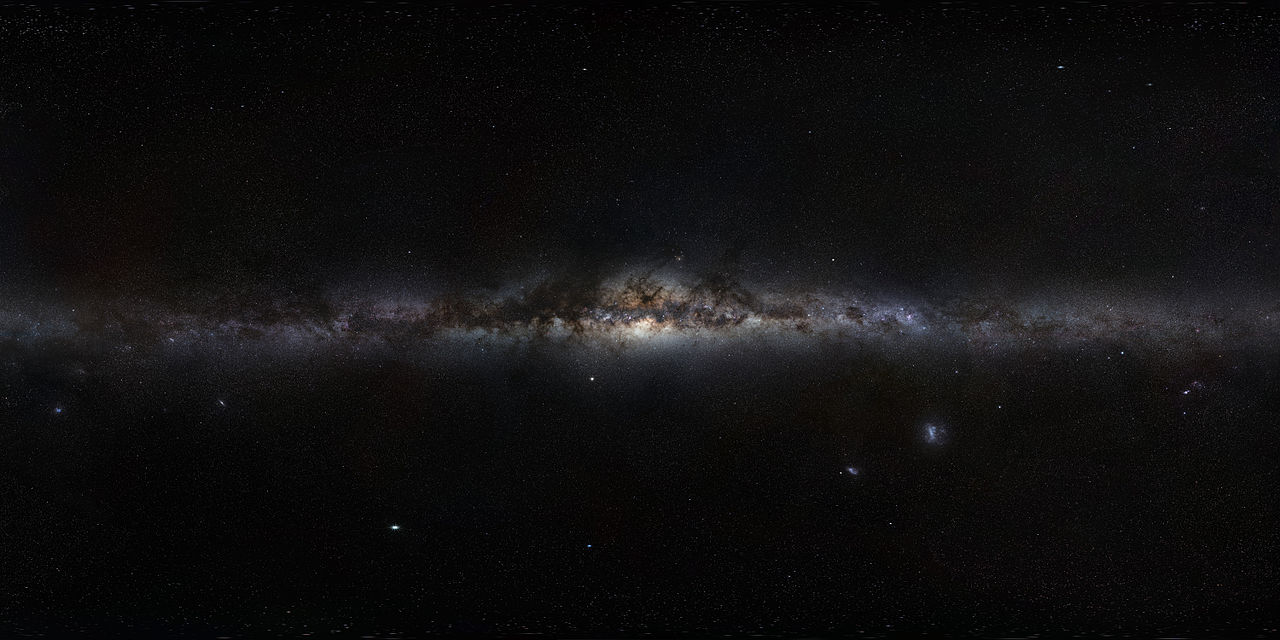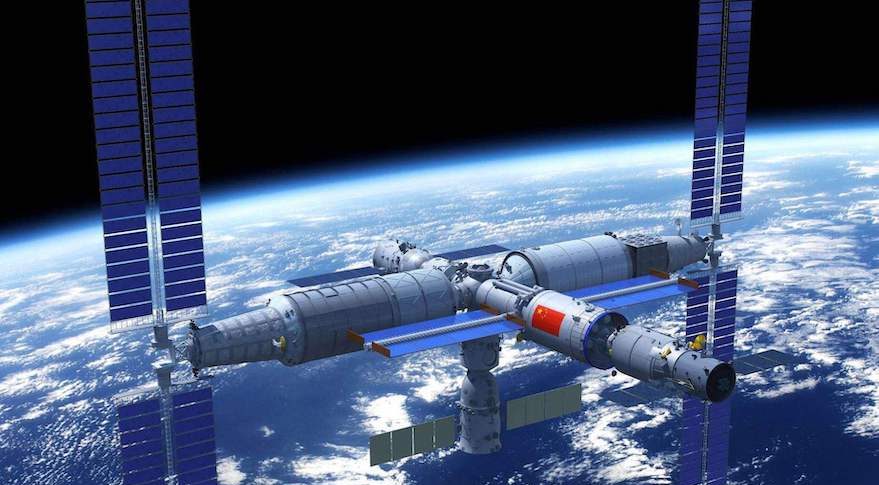Black hole merger events are some of the most energetic, fearsomely energetic events in all the cosmos. When black holes merge, they’re entirely invisible, the only evidence of the cataclysm some faint whisper of gravitational waves. Until now.
Continue reading “It might just be possible to see a light flash too when black holes merge”It might just be possible to see a light flash too when black holes merge
